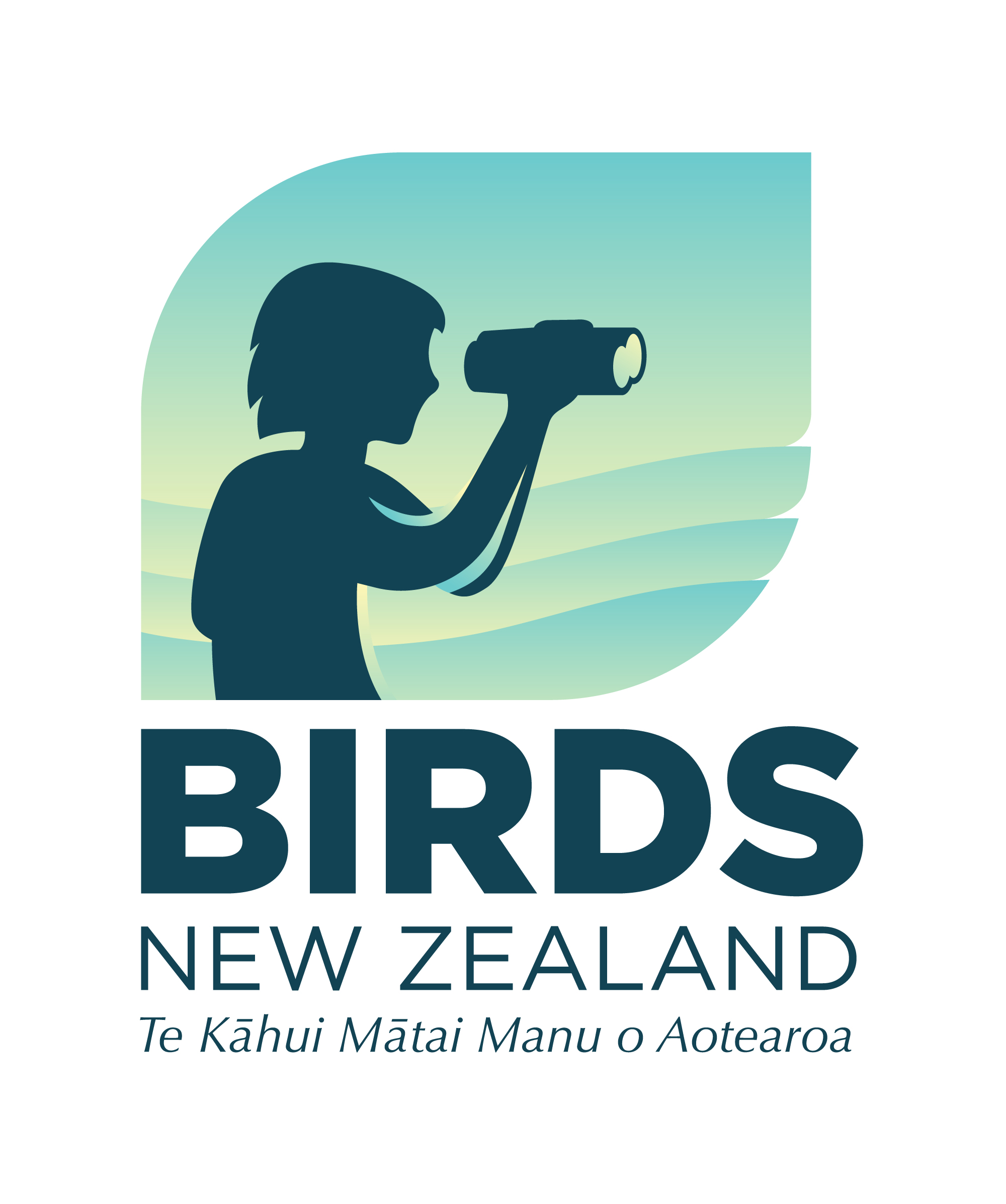Notornis, 69 (3), 135-146
Article Type: Paper
Translocations are increasingly used in kiwi (Apteryx spp.) conservation management, and their outcome is largely influenced by post-release dispersal and survival. A translocation of roroa (great spotted kiwi, A. maxima) to the Nina Valley, near Lake Summer Forest Park, is the first reintroduction of the Arthur’s Pass roroa population. In 2015, eight wild-caught adults were translocated from Arthur’s Pass National Park, following the release of ten captive-hatched subadults during 2011–13. We monitored the translocated kiwi by radio telemetry during 2015–17. Dispersal was highly variable among the released wild birds. The straight-line distance from the release site to the last recorded location ranged 0.5–10.3 km. Seven of the wild birds remained in the Nina Valley and covered an area up to 1,700 ha (95% utilisation distribution). Releasing the wild birds had no measurable impact on the ranging behaviour of previously released subadults. The current population founder group comprises a maximum of 13 unrelated individuals, and therefore further releases are necessary for a genetically viable population. Additionally, expansion of the pest-controlled area is crucial for the long-term persistence of the reintroduced population in the Nina Valley.
